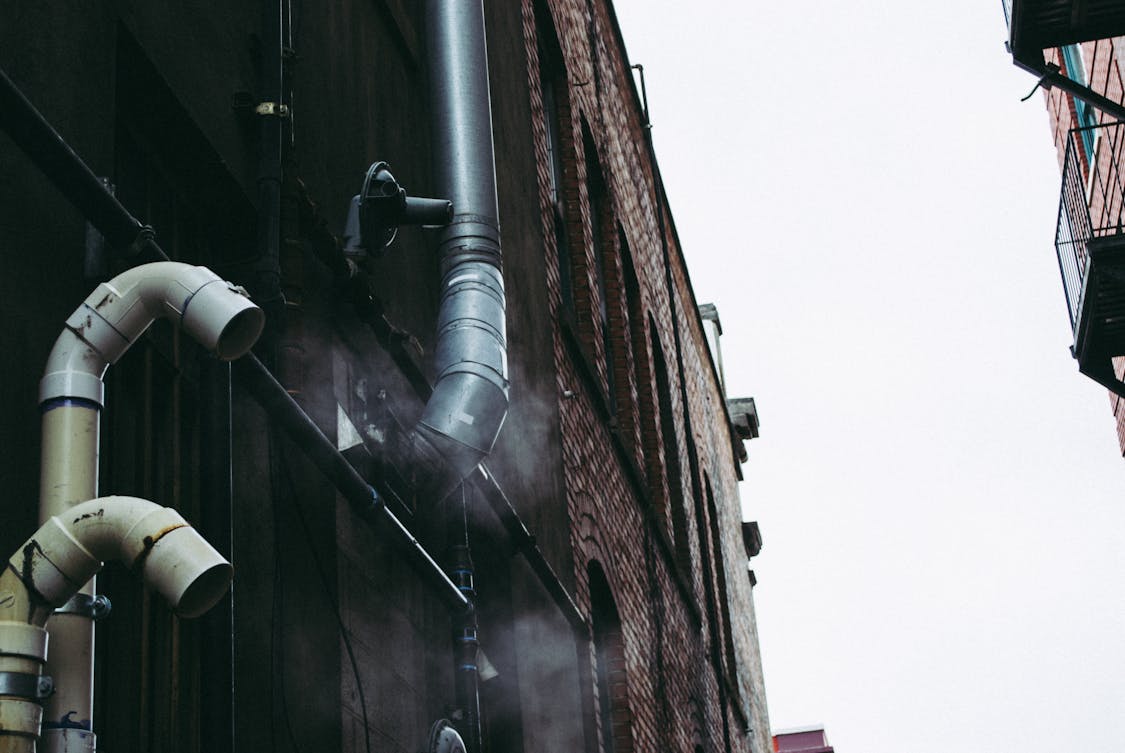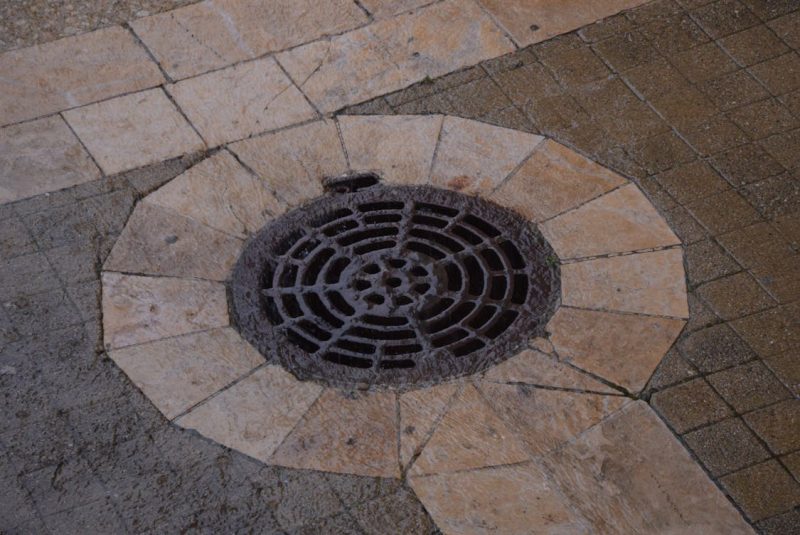Understanding the operation of drains and sewer systems can seem like a task fit for engineers and scientists. However, this intricate network is essential for modern living.
It’s more than just pipes buried underground; it’s a system designed for efficiency, safety, and public health.
The Basics of Drainage Systems
Every building, whether residential or commercial, usually has its own drainage system. At the fundamental level, drainage involves directing water away from areas where it can cause damage.
This water comes from various sources, including rainfall, household usage, and sewage.
The drainage system typically comprises pipes, fittings, and fixtures. The goal is straightforward: to transport wastewater away from our homes and into the larger sewer system.
Gravity plays a pivotal role here, as most drainage systems rely on sloping pipes to facilitate the movement of water.
Types of Drains
When discussing drains, it’s essential to differentiate between types. There are primarily two categories: surface drains and subsurface drains.
Surface drains are found in places where water collects, such as driveways or roadways. They often feature grates or openings that allow excess water to flow into them, preventing flooding.
Subsurface drains, on the other hand, are buried underground. They’re most commonly found in agricultural land, where they help to manage groundwater levels.
Both types work on the principle of directing water away from critical areas, but they do so in different contexts.
The Sewer System Structure
Once wastewater exits your home, it enters the municipal sewer system. This large-scale network is designed to handle all the waste from local populations.
It includes a series of larger pipes that transport sewage to treatment facilities.
Sewer systems generally consist of two main types: combined sewers and separate sewers. Combined sewers carry both stormwater and sewage in the same pipe, while separate sewers have distinct systems for stormwater and sewage.
This distinction is significant when it comes to managing water flow, especially during heavy rainfall.
Wastewater Treatment Process
After sewage reaches a treatment facility, it undergoes multiple stages of purification. The first stage often involves physical processes, including screening to remove large debris.
This step prevents damage to machinery that processes the wastewater.
Following screening, the water enters a sedimentation tank, where heavier solids settle to the bottom. This sludge can then be treated further or disposed of safely.
Meanwhile, the clearer water moves on to biological treatment, where microorganisms break down organic matter.
After several stages of physical and biological treatment, the water may undergo additional processes, such as filtration and disinfection, before it’s released back into the environment or repurposed.
Gravity vs. Pumps: How Waste Moves
The transportation of wastewater relies heavily on gravity in most systems. As mentioned earlier, sloped pipes guide the flow downward towards treatment plants.
However, in areas with challenging topography or where the wastewater must travel uphill, pumps come into play.
Pumping stations are strategically placed throughout sewer systems. These facilities ensure that wastewater continues moving, even when gravity alone cannot do the job.
They use electricity to drive pumps that push the sewage through the pipes, overcoming any elevation changes.
The Role of Ventilation

While it might not be immediately obvious, ventilation is a critical aspect of sewer systems. Proper venting helps to equalize pressure and allows gases to escape.
Without adequate ventilation, sewer systems can develop a vacuum that inhibits water flow.
The vents also play a crucial role in preventing the buildup of harmful gases like methane and hydrogen sulfide. These gases can be both toxic and flammable, making ventilation essential not just for functionality but for safety.
Common Issues and Solutions
Like any system, drains and sewers can encounter problems. Clogs are among the most common issues.
These blockages can result from a variety of sources, including grease buildup, tree roots invading pipes, or the accumulation of debris.
When a clog occurs, it often requires intervention. Homeowners might use plungers or drain snakes, while municipalities may need to employ more sophisticated techniques, such as hydro jetting.
This method involves using high-pressure water jets to clear blockages, effectively restoring flow. If you are experiencing persistent drain issues, a Plumber Castle Hill NSW can provide the expertise needed to clear blockages efficiently.
Another common issue is corrosion of pipes, particularly in older systems. Corroded pipes can lead to leaks, which not only waste water but can also cause structural damage to surrounding soil and foundations.
In such cases, replacement or rehabilitation of the affected pipes may become necessary.
Innovations in Sewer Management
Modern advancements have made significant strides in sewer management. Smart technology has entered the scene, allowing for real-time monitoring of sewer systems.
Sensors placed throughout the network can detect issues like blockages or leaks and send alerts to maintenance crews.
Additionally, many municipalities are adopting green infrastructure practices. These include rain gardens, permeable pavements, and green roofs, which help to manage stormwater at the source rather than relying solely on traditional drainage systems.
Such innovations not only enhance water management but also provide aesthetic and environmental benefits.
Environmental Impacts
The impact of drains and sewer systems extends beyond urban areas. When improperly managed, they can contribute to pollution in local waterways.
For example, combined sewer overflows (CSOs) can occur during heavy rain when the system is overwhelmed, leading to untreated sewage being discharged into rivers and lakes.
To combat this, many cities are investing in green infrastructure and upgrading their systems to handle increased stormwater flows. These efforts aim to reduce the environmental footprint while providing effective waste management.
DIY Maintenance Tips
Homeowners can play a role in maintaining their drains and preventing severe issues. Regular cleaning is vital; using a mixture of baking soda and vinegar can help break down minor clogs.
Avoid pouring grease down the drain, as it solidifies and causes blockages over time.
Installing drain screens can catch debris before it enters the pipes, significantly reducing the chances of clogs. For homeowners with trees nearby, routine inspections to check for roots in pipes can help prevent damage and costly repairs.
The Future of Sewer Systems
As technology progresses, so too will the approaches to managing and maintaining sewer systems. The integration of artificial intelligence and machine learning could help in predicting failures before they occur, enhancing efficiency and reducing maintenance costs.
Moreover, the push for sustainable practices continues to grow. Cities are increasingly recognizing the importance of aligning sewer management with environmental stewardship, ensuring clean water access while safeguarding natural ecosystems.
In summary, drains and sewer systems may not be the most glamorous aspect of urban infrastructure, but they are undeniably vital.
Understanding the science behind them reveals a complex and fascinating world, one that operates quietly beneath our feet yet has a significant impact on our daily lives.









